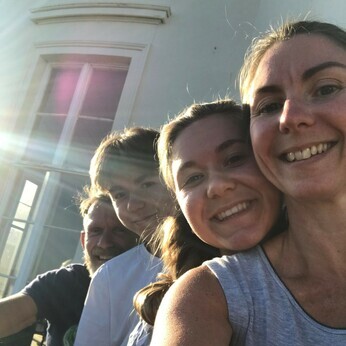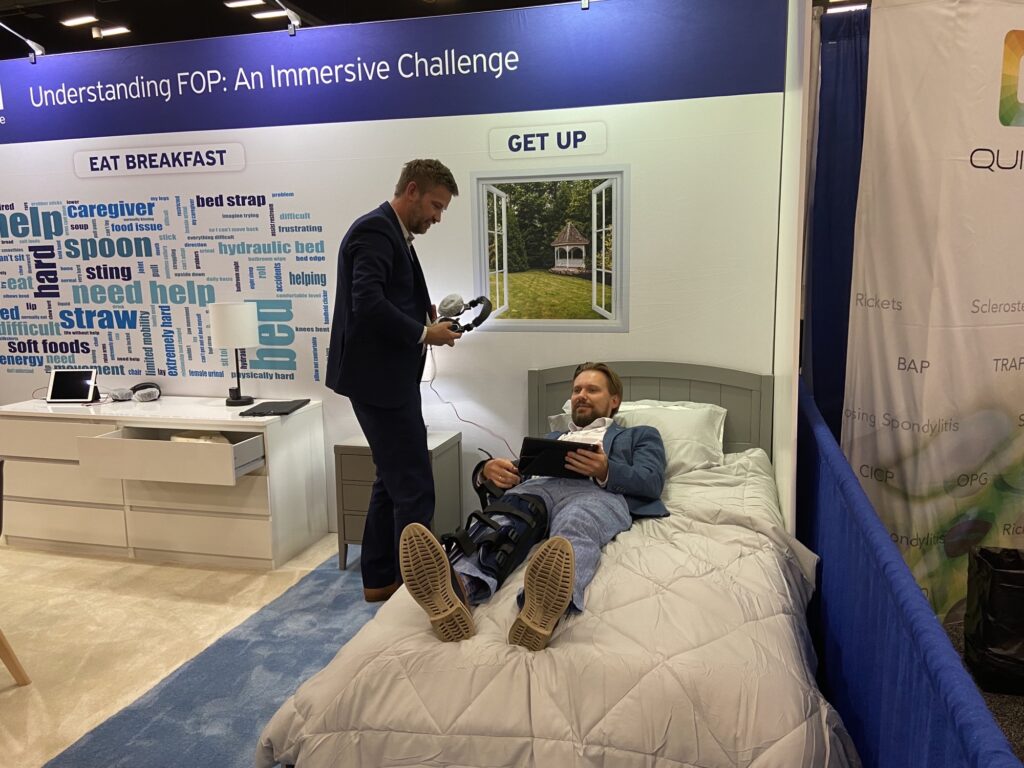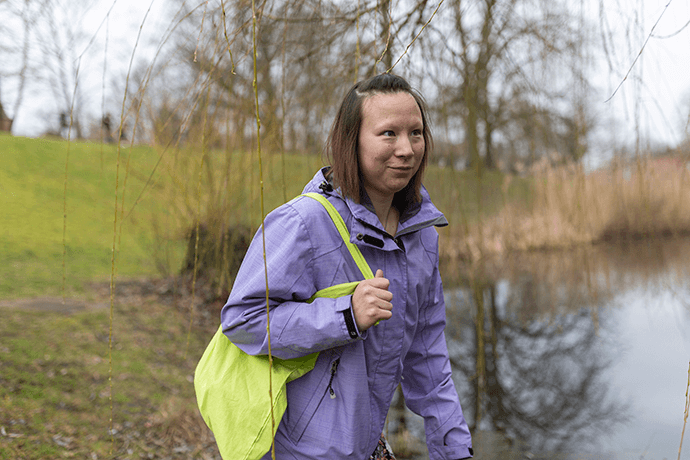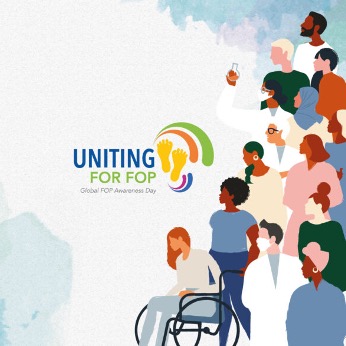People living with rare bone disorders face many challenges, including debilitating and painful symptoms, and profound psychological, social, and economic consequences.
Fibrodysplasia ossificans progressiva (FOP) is a severely debilitating genetic disorder characterized by the formation of bone outside the normal skeleton. Despite recent progress, patients and their caregivers still face a prolonged diagnostic journey, and time to correct diagnosis can vary significantly between individuals.
Raising awareness of the unmet needs facing the FOP community among key audiences, and advancing our scientific understanding of this ultra-rare disease, will be vital to address these challenges and improve the care of patients globally.
Global prevalence
Fibrodysplasia ossificans progressive (FOP) is one of the rarest diseases in the world, with around 900 people known to be living with FOP worldwide.
Diagnosis
FOP is misdiagnosed in just over half of individuals (52.5%), with the most common incorrect diagnoses including cancer, juvenile fibromatosis, and myositis ossificans.
Rare bone diseases at a glance
There are more than 460 known rare bone diseases, which constitute 5% of known rare diseases, affecting millions of people around the world. Despite this, only 1% of rare disease research covers rare bone diseases.
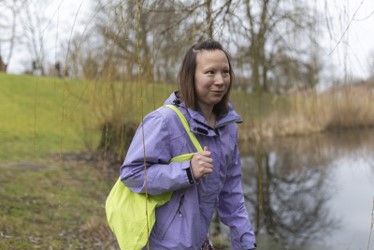
Fibrodysplasia ossificans progressiva (FOP)
- FOP causes heterotopic ossification (HO); a permanent abnormal new bone formation in soft and connective tissues, like muscles, tendons and ligaments.
- It is an ultra-rare genetic disorder, characterized by inflammatory flare-ups that begin in childhood.
- HO leads to severe functional limitations in mobility, progressive disability, and shortened life expectancy. On average, patients are diagnosed at the age of 5, and their median life expectancy is 56.



